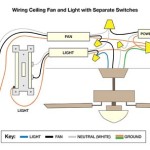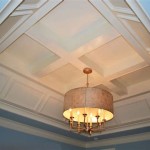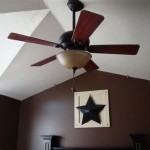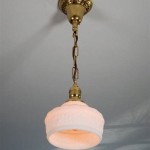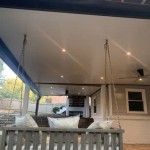1.
Whether you’re looking to spruce up the interior of your home or you’re planning a remodel, understanding the basics of interior design walls and ceiling can help you get the look you want. The walls and ceiling are two of the most important aspects of any interior design, so it’s important to get them right. In this article, we’ll discuss the basics of interior design walls and ceiling, including how to choose the right materials, colors, and styles, and how to create a cohesive look.
2.
When it comes to interior design walls and ceiling, the materials you choose can have a huge impact on the overall look and feel of a room. Different materials have different characteristics, so it’s important to think about how each material will affect the overall look of the room. Common materials for walls and ceilings include drywall, plaster, wood, and tile. Each has its own advantages and disadvantages, so it’s important to do your research and choose the right material for your needs.
3.
Choosing the right colors for your interior design walls and ceiling can be daunting, but it’s an important part of creating the look you want. The colors you choose can affect the overall feel of a room, so it’s important to choose colors that complement each other and create a cohesive look. It’s also important to consider the size of the room and the type of lighting when choosing colors, as this can affect the way the colors look in the space.
4.
Creating a cohesive look with interior design walls and ceiling is the key to making any space look great. When it comes to creating a cohesive look, there are several things to consider, such as color, texture, and style. Color is the most important factor, as it can help tie the walls and ceiling together. Texture is also important, as it can add depth and interest to a space. Finally, style is key, as it can help create a unified look.
5.
Interior design walls and ceiling can be a daunting task, but there are some tips and tricks to help you get the look you want. For example, using a single color on both the walls and ceiling can help create a unified look. Additionally, using different textures, such as wallpaper, stone, or wood, can add depth and interest to a space. Finally, adding decorative elements such as crown molding, wainscoting, or trim can help tie the walls and ceiling together and create a cohesive look.













![Antenne Externe A Gain Eleve antenne [Get 35+] Wooden Ceiling Design Ideas](https://i2.wp.com/www.thewowstyle.com/wp-content/uploads/2015/01/ceiling-design-ideas....jpg)

Related Posts


